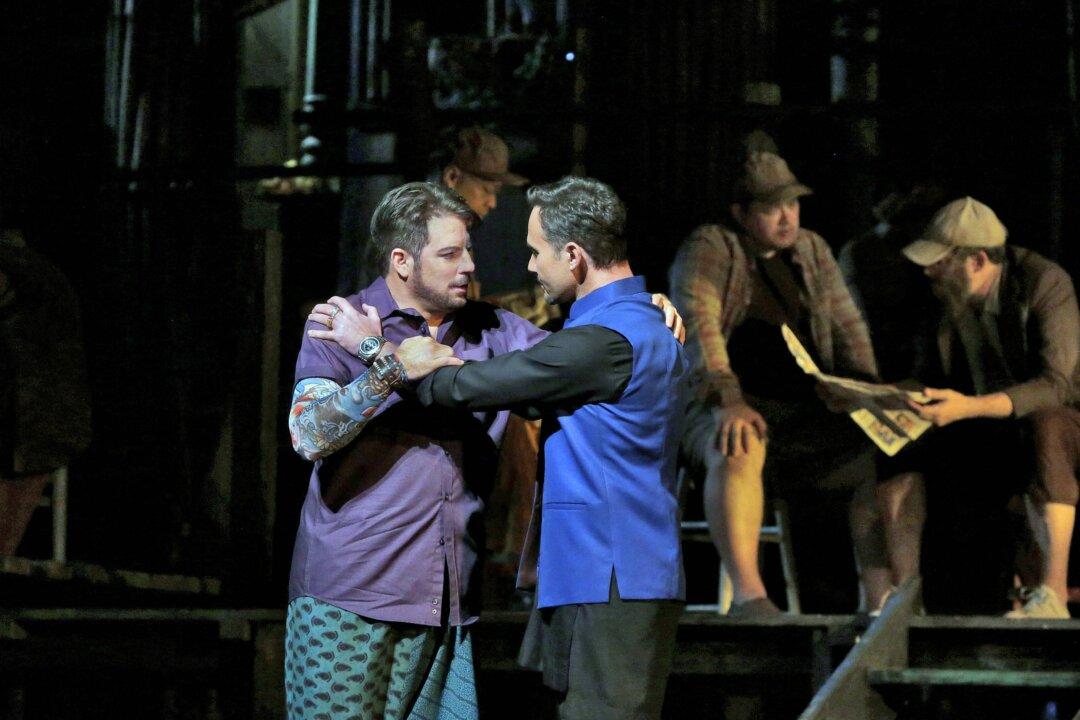NEW YORK—Georges Bizet’s “Carmen” is one of the most popular operas ever written. His earlier work “Les Pêcheurs de Perles” (“The Pearl Fishers”) has languished in relative obscurity, except for the famous duet and a tenor aria.
“The Pearl Fishers” is back at the Metropolitan Opera, where the work was last performed in 1916. Anyone seeing this wonderful staging (a co-production with the English National Opera) will wonder why it took so long to revive the opera.
This early Bizet work deserves to be performed regularly.






